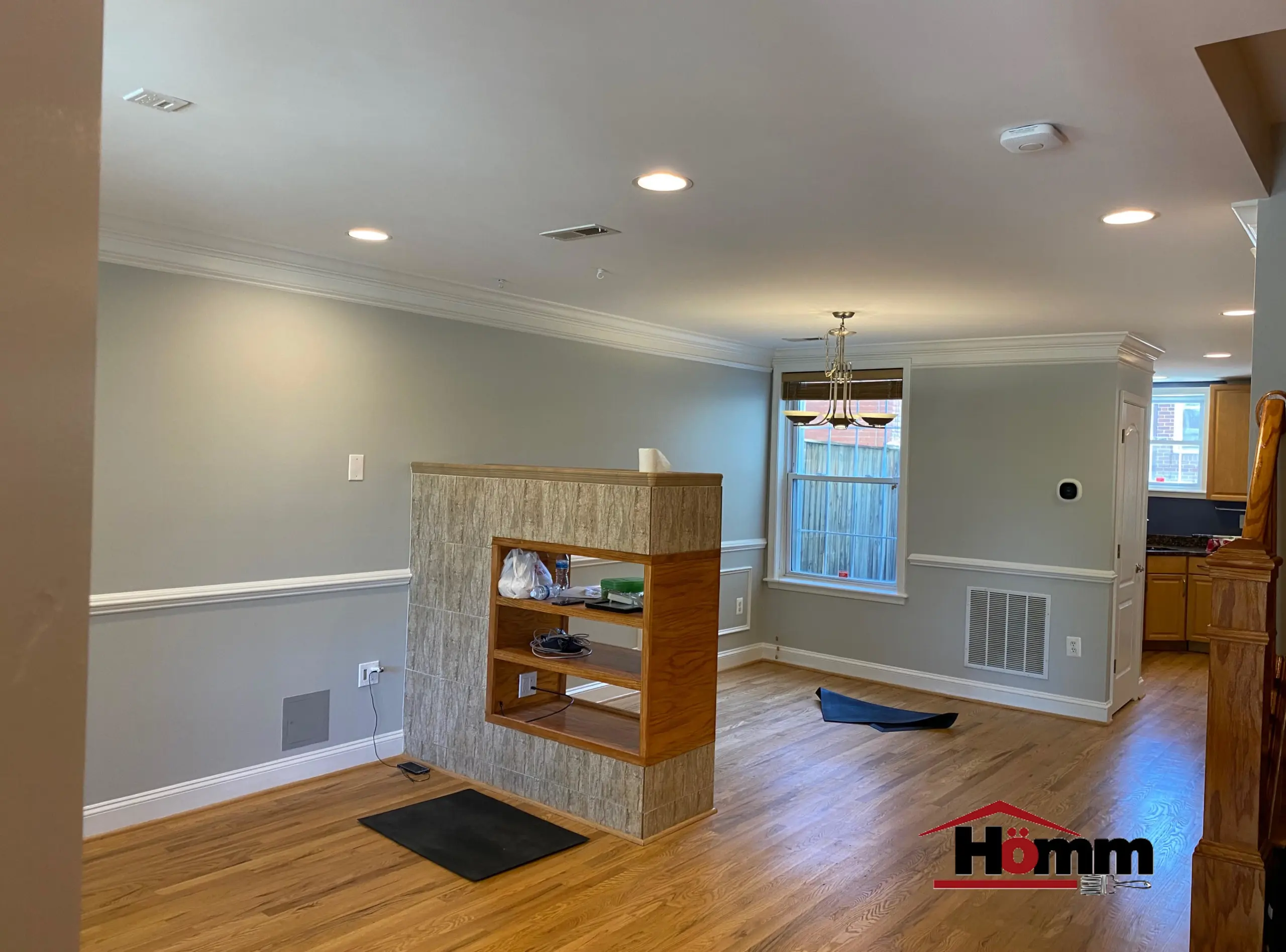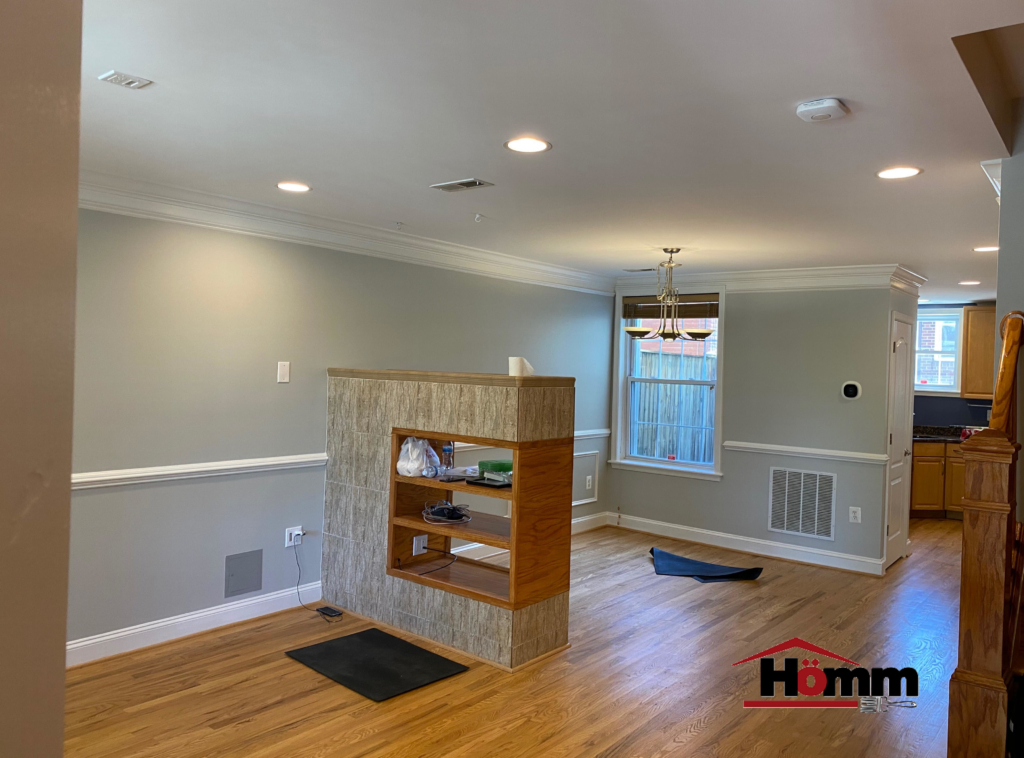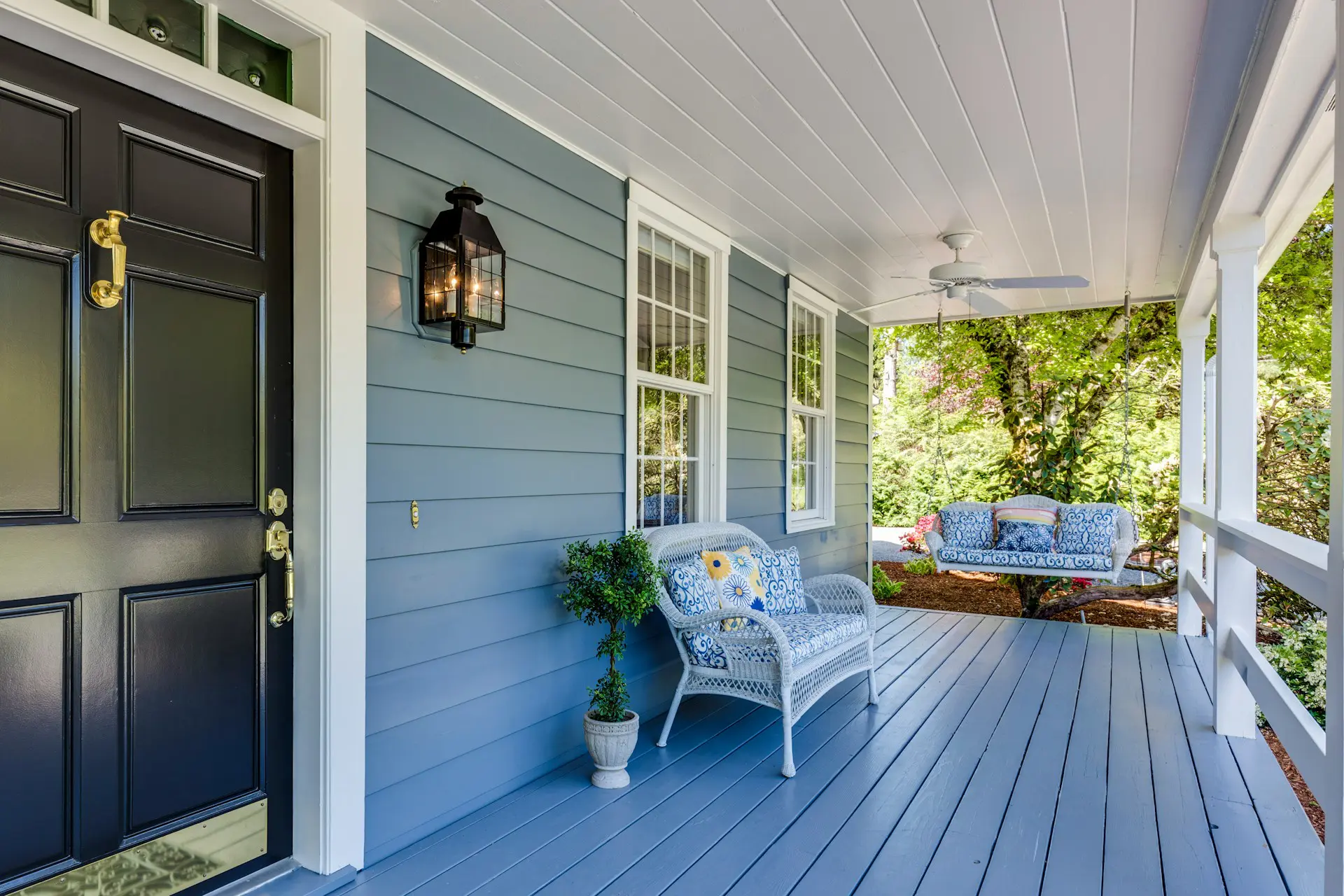Key Differences Between Residential and Commercial Painting

Painting is one of the most cost-effective ways to give a building a facelift, whether it’s a home or a commercial property. However, there are some significant differences between residential and commercial painting that must be taken into account when planning a painting project.
In this blog post, we will explore the key differences between residential and commercial painting to help you understand the unique requirements of each type of project.

Surface Area
The surface area of a commercial building is typically much larger than that of a residential property. As a result, commercial painting projects require a greater amount of paint and a larger team of painters. Commercial painting projects also typically involve painting taller buildings, which require special equipment and safety precautions.
In contrast, residential painting projects usually involve painting smaller spaces, such as individual rooms, exterior walls, or a single floor of a house. These projects may only require one or two painters, and the paint volume required is often much smaller than a commercial project.
Timeframe
Commercial painting projects usually have stricter timelines than residential projects. For example, if a retail store or restaurant is undergoing a renovation, it’s important to get the project done as quickly as possible so that the business can resume operations.
In contrast, homeowners may be more flexible with their timelines and may be willing to have a painting project take longer if it means getting the desired results.
Preparation
Commercial painting projects often require a significant amount of preparation work, such as covering floors and furniture with protective materials, sealing windows and doors, and taping off areas that won’t be painted. This is because commercial buildings often have more delicate fixtures and equipment that need to be protected during the painting process.
On the other hand, residential painting projects may require less preparation work, especially if the homeowner is willing to move furniture and other belongings out of the room being painted. Homeowners may also be more willing to live with the inconvenience of a painting project, whereas business owners may need to keep operations running during the renovation.
Type of Paint
Commercial buildings often require specialized types of paint, such as industrial-grade coatings or paint that can withstand extreme temperatures. This is because commercial buildings are often exposed to more wear and tear than residential buildings.
Residential buildings, on the other hand, typically use standard interior or exterior paint. However, homeowners may choose to use specialized paint for certain areas, such as moisture-resistant paint in a bathroom or kitchen.
Color Scheme
Commercial buildings often have a specific color scheme that is dictated by the company’s branding or the building’s architectural design. This means that commercial painters need to have a keen eye for detail and be able to replicate the company’s branding colors accurately.
In contrast, residential painting projects usually offer more flexibility in terms of color choices. Homeowners can choose from a wide range of colors and can mix and match different shades and finishes to create the desired look.
Cost
Commercial painting projects tend to be more expensive than residential projects. This is because commercial projects require more paint, more equipment, and more labor. Additionally, commercial painters need to have specialized training and experience in order to work safely at heights and on larger buildings.
Residential painting projects, on the other hand, are typically less expensive because they require less material and labor. Homeowners can also save money by doing some of the preparation work themselves, such as moving furniture and protecting floors.
Final Thoughts
In conclusion, while both residential and commercial painting projects involve applying paint to a surface, the two types of projects are quite different in terms of scale, preparation, timeframes, and cost. By understanding these key differences, you can make informed decisions when planning a painting project for your home or business.
For more information on the services we provide or to discuss your requirements in more detail, contact a member of the team at Homm CPS today.










